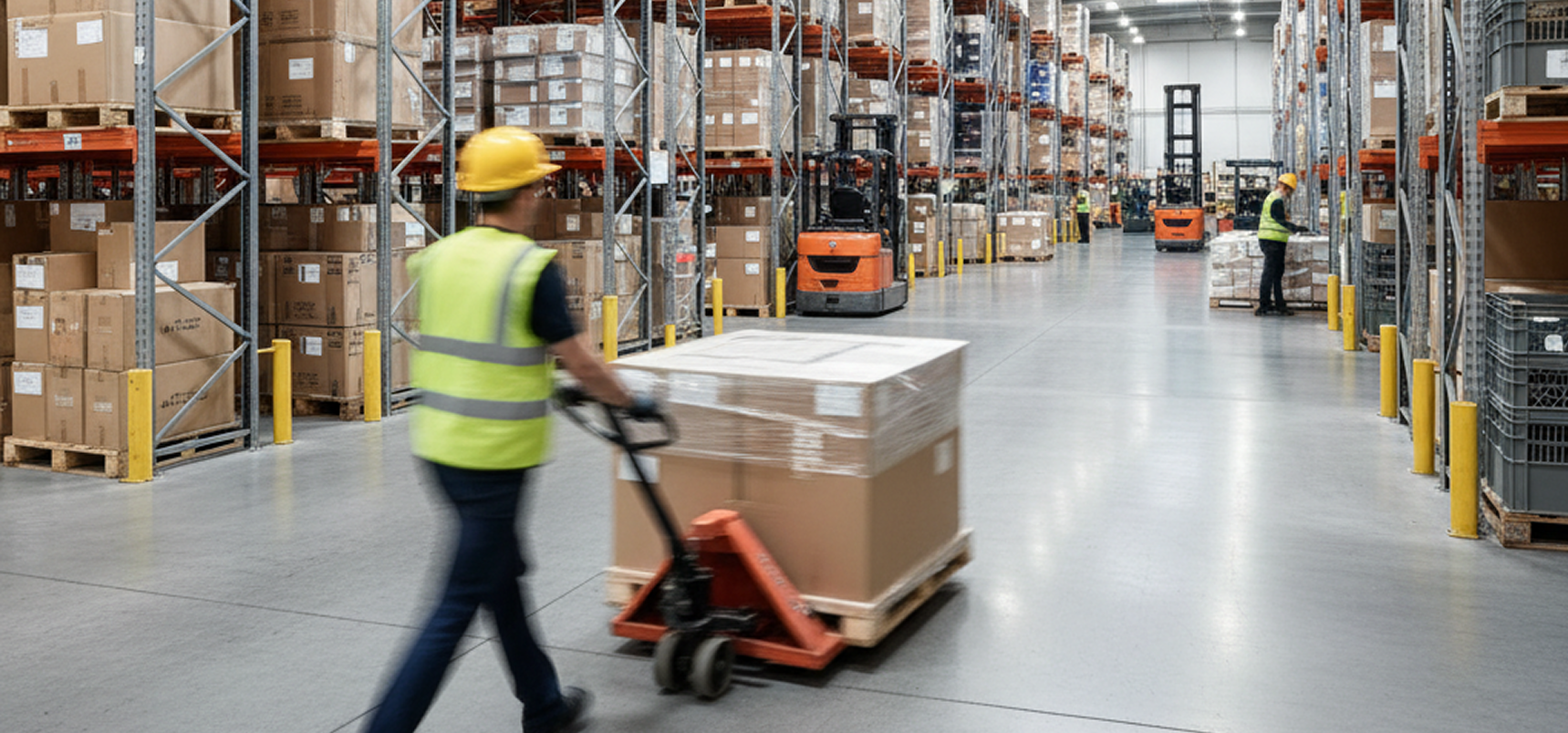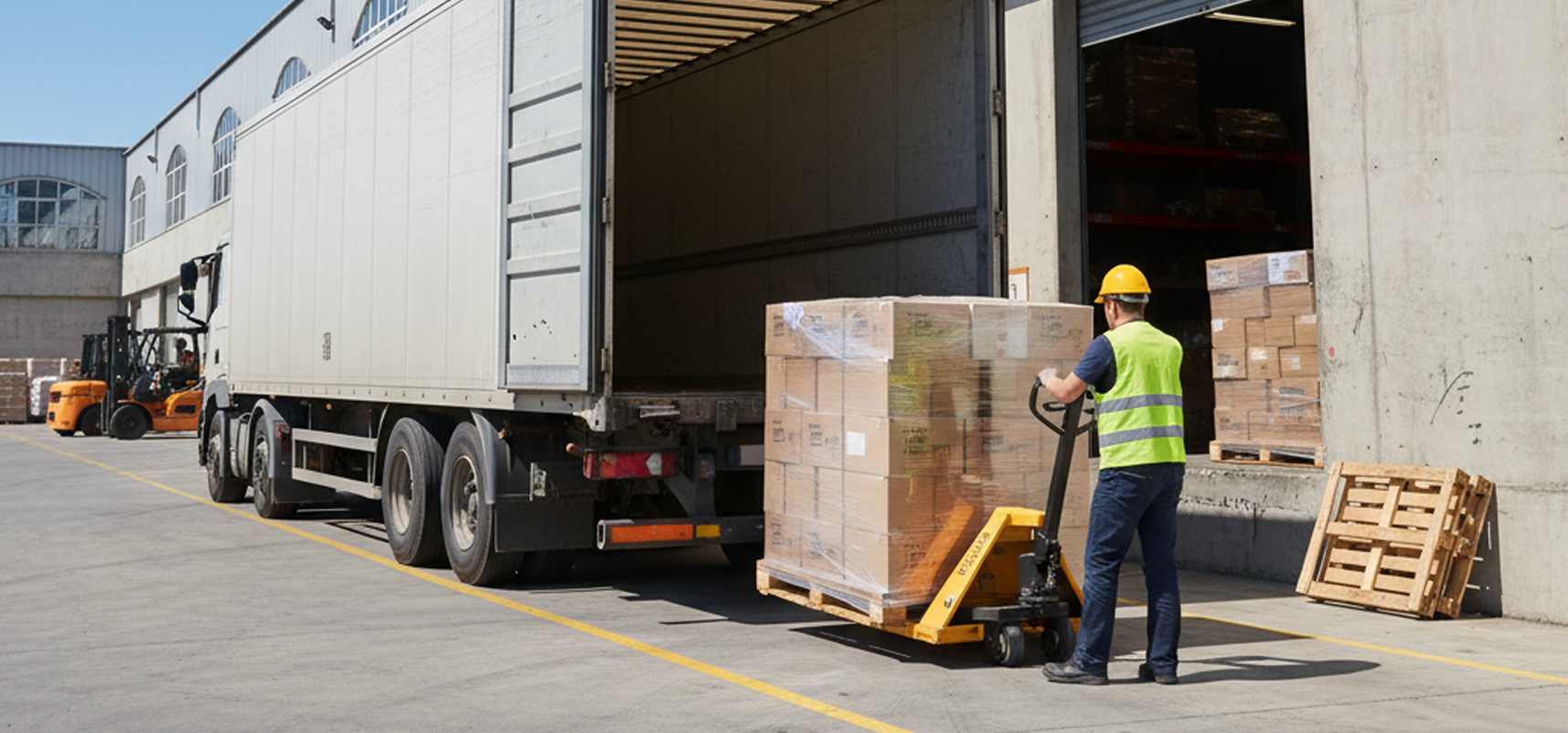Barcelona has high-quality, modern infrastructure with advanced transport, green spaces, and smart city technologies, though some areas face challenges like public transit station density and commute times.
Population
Area
Density
30K
The projected net population growth in Barcelona for 2024 is 17,254.
65.93%
67% of the global population is of working age, though this share is expected to decline in many regions over coming decades.
Key industries include automotive, chemicals, pharmaceuticals, and electronics with major corporations like SEAT, Nissan, and Grifols playing significant roles.
Tertiary attainment among young adults aged 25-34 in OECD countries increased from 45% in 2019 to 48% in 2024, placing it among top OECD nations.
Foreign Residents
The average income for foreign residents in Barcelona is about 2.7 million yen, with 60% earning less.
Ethnic Composition
Foreign residents in Barcelona surpassed 612,000 in 2024, making up about 35% of the city population, with largest groups from Argentina, Colombia, Peru, Venezuela, Pakistan, Morocco, Ecuador, Italy, Honduras, and China.
Over 20 million trips are made daily in the Barcelona metropolitan area, with two-thirds using sustainable transport—primarily rail and public transit—for commuting from suburbs to the city center.
Barcelona continues to attract residents from other regions with a net inflow of nearly 30,000 people in 2024.
37K
The average annual income in Barcelona is about 33,840 euros, or roughly 5.4 million yen, though more than half earn less than this amount.

5.4%
Prime warehouse lease rates in Barcelona are around 96 euros per square meter per year for large spaces, with typical monthly rents ranging from 4 to 8 euros per square meter depending on location and warehouse class (A, B, or C).
Zona Franca, Port of Barcelona, Barcelona Air Cargo Centre (El Prat Airport), Masquefa, Penedès (Les Planes Baixes, Alt Penedès/Subirats), Central Catalonia.
Barcelona’s last-mile delivery infrastructure features micro-distribution hubs, cargo bikes, electric vehicles, and digital platforms to enable sustainable, efficient urban logistics and reduce congestion and emissions.
Warehouse automation in Barcelona is rapidly advancing, with major companies like Mango, Genebre, and Kern Pharma adopting automated storage, robotics, and digital systems to boost efficiency, scalability, and order fulfillment.
Cold storage and specialty warehousing facilities in Barcelona offer modern, temperature-controlled spaces for chilled, frozen, and ambient goods, with strategic locations near key transport hubs and value-added logistics services for food and other industries.

Key industries and economic sectors in Barcelona include chemicals and plastics, food and beverage, motor vehicles, life sciences, digital economy, creative industries, health and biotechnology, blue economy, tourism, logistics and transport, and packaging.
Alfaship Group, Albatros Shipping, Moldtrans Group, BWS Logistics, Nordlogway, Mecalux Warehouse Solutions, Cosco Shipping Lines, Across Logistics, TRANSCOMA Global Logistics, Arola Comercio Internacional, Blue Water Shipping, Transmec Group, Smart Logistics, FullSafeLogistics, Logistock, SHIPHYPE Fulfillment, eShipper, AMZ Prep, Transmar Logística, Transportes Especiales Minguito SL, Zaudera, Paack, VAIVE Logistics, Truecold, AllRead Machine Learning Technologies.
Barcelona’s import and export volumes reached record highs in 2023 and rose further in early 2025, with key trading partners including France, Germany, Italy, and extensive connections across Europe and Asia.
Barcelona’s supply chain resilience is strengthening through increased automation, digitalization, and local supplier networks, but risk factors remain from geopolitical instability, climate disruptions, and gaps in advanced risk management tools.
Barcelona has advanced local manufacturing capabilities focused on innovation, sustainability, and Industry 5.0, with strengths in packaging machinery, energy, chemicals, metallurgy, and a legacy in automobile production.
The main industry clusters in Barcelona are chemicals and plastics, food and beverage, motor vehicles, life sciences, digital economy, creative sectors, health and biotechnology, blue economy, agri-food, logistics, and fashion.
Barcelona’s key competitive advantages as a logistics/business hub are its unique concentration of a major port, international airport, free-trade zone, and logistics infrastructure within a 5 km radius, enabling rapid access to over 400 million consumers, strong intermodal connectivity, specialized logistics services, and significant cost and time savings for global distribution.
Detailed evaluation of Barcelona's infrastructure quality, investment projects, utility systems, and environmental considerations for strategic planning.
Barcelona’s infrastructure is generally high quality and well-developed, with strong walkability and cycling capacity in many areas, though some segments still require improvements in safety, environmental quality, and cycling infrastructure.
Barcelona is planning major infrastructure investments focused on urban regeneration, climate strategies, sustainable mobility, green spaces, public buildings, and the modernization of key transport hubs like the Sants railway station.
Barcelona features advanced utility infrastructure with smart energy grids, extensive water management systems, and widespread high-speed fiber internet and public WiFi.
Key environmental factors affecting logistics in Barcelona include air and noise pollution, congestion from heavy vehicles, restrictions on polluting vehicles, high population density, narrow streets, and initiatives promoting eco-friendly last-mile delivery solutions like cargo bikes and micro-distribution hubs.